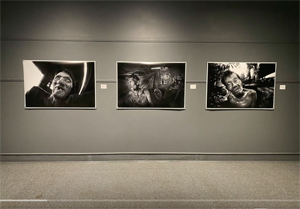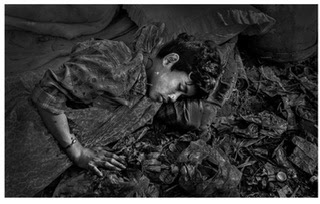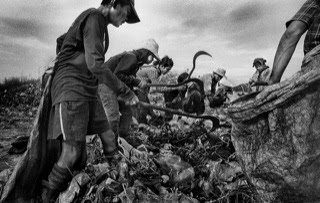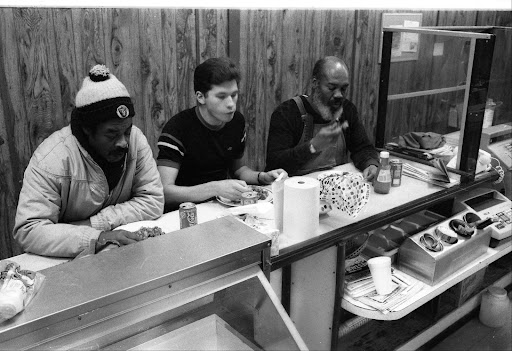Here is the first won auction, dating back to about 1850. I love this portrait and the expression on this youngish mans face. Hope to do some modern dress portraits in a similar vain on my own. Cost $29.99 USD.
 |
| Ambrotype of Antibellum Man in a top hat, approximately 1855-70 USA |
Here is part of the write up from the eBay sellers Ambrotype top hat auctions. It gives a brief history of the top hat in European and American fashion. I wonder how many times these hats got squished when the wearer walked through a low doorway or placed them on a chair!! : )
While many people collect Civil War images, I see things of interest in TOP HATS. According to fashion historians, gentlemen began to wear the top hat at the end of the 18th century. The first silk top hat in England is credited to George Dunnage, a hatter from Middlesex, in 1793. The invention of the top hat is often erroneously credited to a haberdasher named John Hetherington. Within 20 years top hats had become popular with all social classes, with even workmen wearing them. At that time those worn by members of the upper classes were usually made of felted beaver fur; the generic name "stuff hat" was applied to hats made from various non-fur felts. The hats became part of the uniforms worn by policemen and postmen (to give them the appearance of authority); since these people spent most of their time outdoors, their hats were topped with black oilcloth. Between the latter part of 18th century and the early part 19th century felted beaver fur was slowly replaced by silk "hatter's plush," though the silk topper met with resistance from those who preferred the beaver hat. The 1840s and the 1850s saw it reach its most extreme form, with ever higher crowns and narrow brims. The stovepipe hat was a variety with mostly straight sides, while one with slightly convex sides was called the "chimney pot". The style we presently refer to as the stovepipe was popularized in the United States by Abraham Lincoln during his presidency.
During the 19th century, the top hat developed from a fashion into a symbol of urban respectability, and this was assured when Prince Albert started wearing them in 1850; the rise in popularity of the silk plush top hat possibly led to a decline in beaver hats, sharply reducing the size of the beaver trapping industry in North America. It was once observed that an assemblage of "toppers" resembled factory chimneys and thus added to the mood of the industrial era.They were worn to demonstrate that the wearer was a man of influence and power. Abraham Lincoln was America's prime example. This image gives proof of the symbolic nature of the hat.
|



























